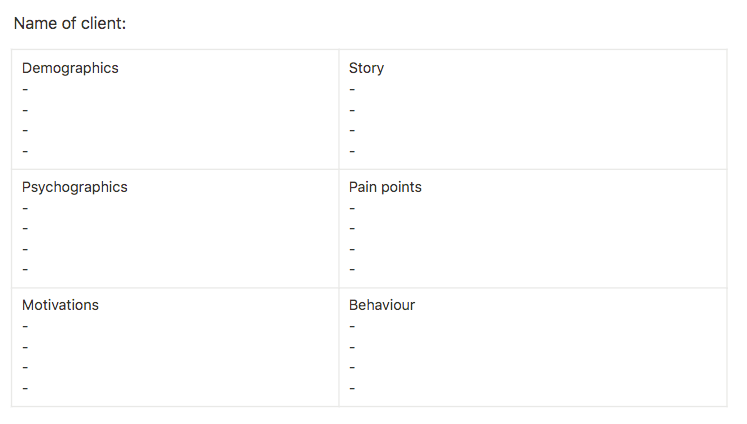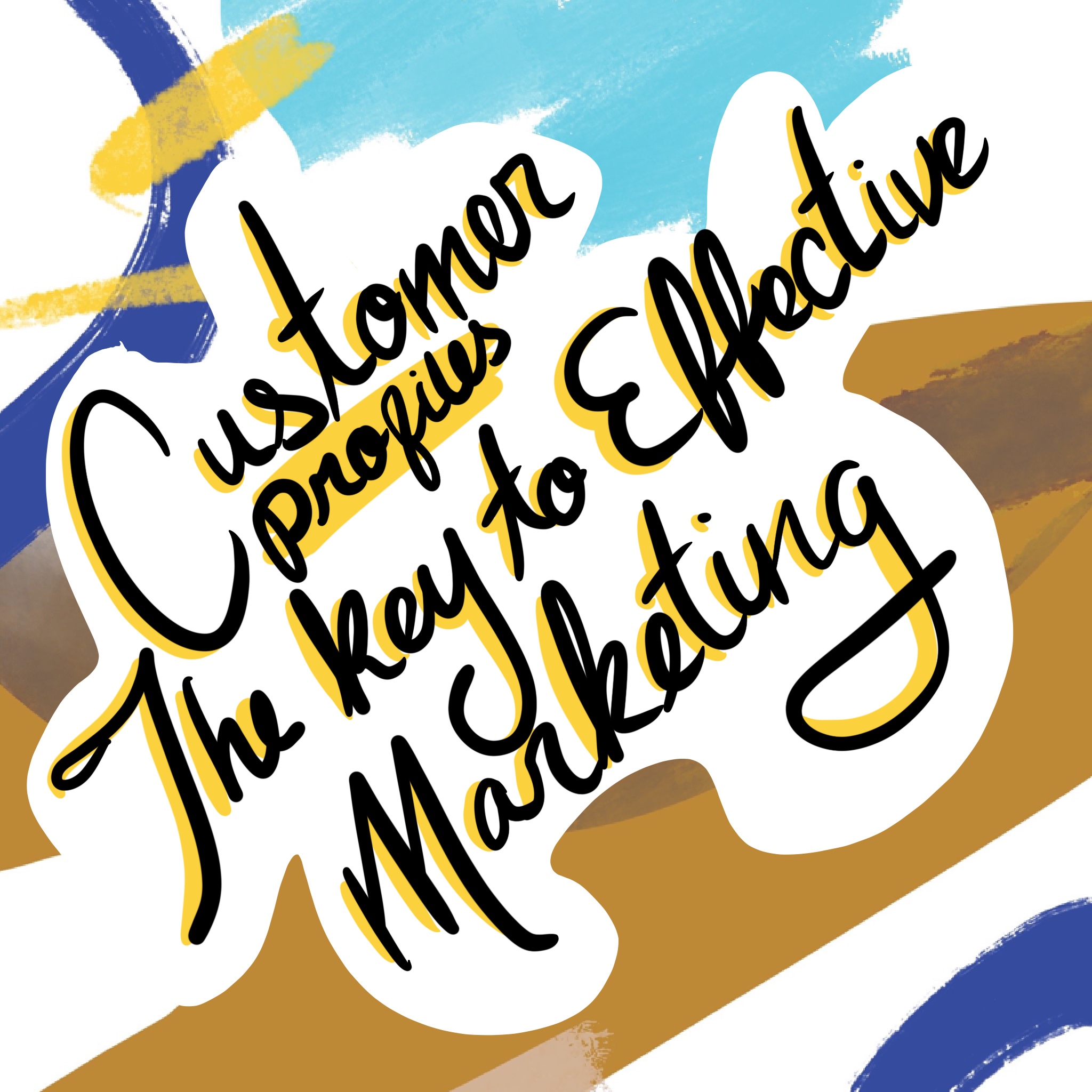When we think about marketing people immediately assume that it’s all about advertising and sales and being in peoples faces. People mix up marketing and advertising but they are different though they are siblings to each other.
I am going to channel the lovely Seth Godin, a marketing expert who I look up to for anything marketing related. I always enjoy his perspective on how marketing should be.
He says that marketing is a long-term strategy that focuses on building a relationship with customers by provide value upfront, solving their problems, and meeting their needs. Marketing is all about understanding your ideal client from the inside-out, knowing what they want, what the pains are, their desires, and how you can help them. This plan of action involves creating unique and compelling brand identity, a deep understanding of your ideal client, and crafting stories and messages that resonate with them.
Looking at advertising, it’s viewed as a slice of marketing, its a small component of what marketing can do and its more of a short-term tactic where the focus is promoting a certain product of service to a large audience. It’s solely focus on creating a message that grabs attention and pushes people to take action. Advertising is used through multiple media channels such as TV, radio, print, or digital to get your message in front of as many people as possible in a short amount of time.
In summary, marketing is a long-term strategy focused on building relationships with customers by providing value upfront, while advertising is a short-term tactic focused on promoting a product or service to a large audience. Seth Godin emphasizes that while advertising is an effective way to get your message out, it should always be part of a larger marketing strategy that takes a client-centric approach.
Back to marketing and its focus in building a relationship with clients, it all lies in creating a customer profile.
A customer profile is a detailed description of your ideal client. It includes information such as demographics, psychographics, and behaviours. By creating a client profile, you can better understand your target audience and tailor your marketing efforts to their needs and preferences.
Grab a piece of paper and pen. Here are some steps to follow when creating a customer profile:
Step 1: Look to your network of current clients or friends who you love to work with and connect with.
Make a list of the people who stand out to you in your client base or your inner circle of friends and family. In terms of standing out means to pay attention to who you enjoy being around, they aren’t someone that drains your energy, think about their personality and situation. Tap in to their background, life story, and challenging experiences they faced. I wouldn’t go on and on, just make a list of 5 people that come to your mind intuitively that you would want more of.
Step 2: Define your Ideal Client
Pick one person intuitively out of the five and give them a archetype name. This person needs speaks to you the most and be something that you can provide the best help. Start listing some data about the persons demographics such as:
- Age
- Gender
- Ethnicity
- Education level
- Income
- Occupation
- Marital status
- Family size
- Geographic location
- Homeownership status
- Language spoken
- Religion
- Political affiliation
- Sexual orientation
- Generation (Baby Boomers, Gen X, Millennials, Gen Z)
- Disability status
- Health status
- Lifestyle (e.g. active, health-conscious, environmentally-conscious)
- Hobbies and interests
- Buying behaviours and habits
This is just a baseline for your ideal client because this is not the area of focus. The psychographics will be the area of focus.
Psychographics
Step 3: Identify their pain points
Through this person that you know very well, make a list of five of their pain points. Some examples of pain points can be:
Stress in family dynamics Anxiety in life transitions Productivity and completing tasks with an ADHD mindset.
From the pain points mentioned, dive deeper and make a list of challenges they face continuously. Some examples of challenges can be:
- Stress in family dynamics challenges: Difficulty communicating effectively with family members Managing conflicts Setting boundaries Balancing responsibilities and relationships
- Anxiety in life transitions challenges: Difficulty adjusting to changes in life Limiting beliefs holding them back from proceeding Not confident and holds low-self esteem
- Productivity and completing tasks with an ADHD mindset: Difficulty with organizing tasks Managing time Staying focused Completing projects Distraction and impulsive actions
Once you know some of their challenges, now its about knowing the specific problem that needs to be solved. Make a list of problems from what you found out about their pain points and challenges.
Specific problems
- Stress in family dynamics specific problems: Need to improve their communication skills with family members Need develop strategies for managing conflicts and setting boundaries Needs ways to balance their responsibilities and relationships to reduce stress.
- Anxiety in life transitions specific problems: Needs to work on their self-confidence and address limiting beliefs that may be holding them back from taking action. Needs developing coping strategies to manage anxiety symptoms and adapt to changes in their life.
- Productivity and completing tasks with an ADHD mindset: Needs to develop strategies for organizing tasks, managing their time effectively, staying focused, and completing projects despite distractions and impulsivity. Need professional support or medication to manage ADHD symptoms.
State what possible solution you can bring to them through the specific problems stated.
Make a list of these solutions for each problem.
Stress in family dynamics solution ideas:
- A communication course or workshop to improve communication skills
- A course for active listening and assertiveness techniques
- Counselling or therapy 1:1 session or group sessions for conflict management or setting boundaries
- Build a workbook to help with a scheduling or building routines to balance responsibilities and relationships
- A course building delegation skills for family, coworkers, or team members to improve productivity and reduce stress.
Anxiety in life transitions solution ideas:
- Meditation sessions for anxiety
- 1:1 or group therapy sessions to address limiting beliefs and build self-confidence
- A workbook for building a support system of friends or family members
- A course on developing positive self-talk and affirmations to build self-esteem
- A workbook for goal setting to reduce uncertainty and fear
Productivity and completing tasks with an ADHD mindset:
- Create agenda for planning and building to-do lists to organize tasks and deadlines
- Activity book for breaking larger projects into smaller, manageable tasks
- Build an app for blocking distractions or limit screen time
- 1:1 or group therapy or coaching with a focus on ADHD
- Tools to manage ADHD symptoms
From the specific problems mentioned above now you need to pick one to focus on and three possible solutions that you can do the best.
Step 4: Determine their Motivations
Everyone carries a dream and desire something in life. Knowing your ideal clients motives, goals, and drive allows you craft copy and messages that speak directly to them.
Make a list of what this ideal clients goals and aspirations, what are they striving for and how can you help them reach those goals. When you know their goals, you pull from those and align it to your services and products and trying to sell them pull from goals and aspirations to boost the desire and how what you do can connect with where they want to go.
The next point to know is what drives their behaviour, what I mean by this is knowing the factors that influence their behaviour. A few things to research on and make a note of is:
Do they buy from emotions?
Are they more logical?
What do they prefer when buying items or services?
What are their interests?
What do they value?
What are their purchase habits?
This area is useful when it come to marketing and sales tactics and understanding how your ideal client behaves will allow you plan accordingly how to meet their needs and preferences when it comes to launching or campaign design.
More factors that can influence your ideal clients behaviour is:
- Personality traits
- Social norms
- Expectations
- Cultural background
- Economic status
- Personal experiences
- History
Step 5: Analyze their Behaviours
Last but not least you need to analyze your ideal client’s behaviour and how they interact with your product or service. The first thing to understand is where do they go to look for information or research about a certain topic. Not only that but where they go to purchase products or services.
Know where they hang out:
- Social media: Instagram, TikTok, Facebook
- Search base platforms: YouTube, Google, Pinterest
These above are some examples, but once you find out this information this will be the guidance you need to create a marketing strategy.
Step 6: Create a Customer Profile
Once you’ve completed these steps, you can use the information you’ve gathered to create a customer profile. Your customer profile should include:
- Demographics: Age, gender, income, education level, geographic location, etc.
- Psychographics: Personality traits, values, attitudes, interests, etc.
- Pain points: The challenges they face and the problems they need to solve.
- Motivations: Their goals and what drives their behaviour.
- Behaviour: How they interact with your product or service and what channels they use to research and purchase products.

Step 7: Use the Client Profile to guide your Marketing Strategy
Use the client profile as your compass when moving forward with building a marketing plan for your next campaign or launch. Through any copy you write be sure to check in on this client profile to touch on motivations (goals, feelings, and inner desires) to boost the emotional connection. If you keep on leading your content with the focus of your clients wants, needs and desire your marketing campaigns will resonate much more with your audience.
Benefits of using a client profile in marketing:
- Increased effectiveness in marketing campaigns
- You understand your ideal client 100% and can serve them much more accurately
- Improve sustainability in client relationships.
By creating a customer profile, you can better understand your target audience and craft a marketing messages that speaks directly to them. This will help you build more effective marketing campaigns that resonate with your audience and drive results.
In conclusion, creating a client profile is the secret to building effective marketing. By understanding your ideal client’s demographics, psychographics, pain points, motivations, and behaviour, you can tailor your marketing efforts to their needs and preferences. This will help you build stronger relationships with your clients and drive more sales for your business.
